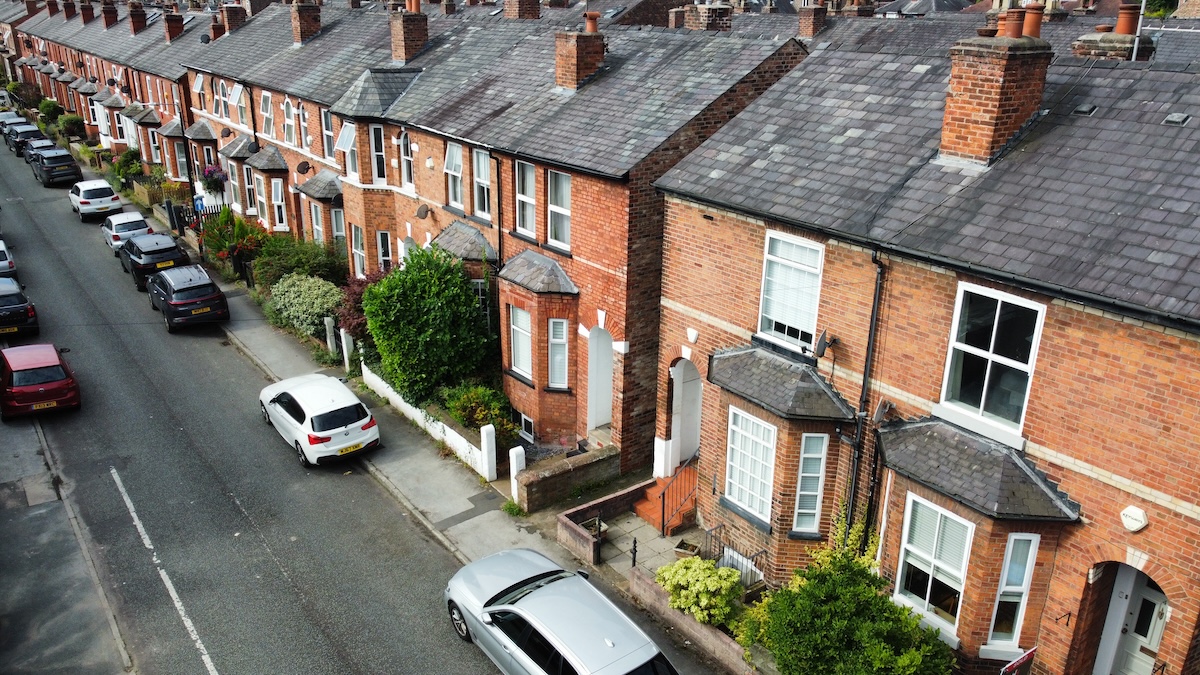Japanese knotweed is an invasive plant that can become a serious problem for homeowners. It’s known for its vigorous growth and ability to cause damage to property, which includes both residential and commercial buildings. If you have this plant on or near your property, it’s crucial to understand how it can impact the integrity of your house.
The roots of Japanese knotweed can grow through holes in concrete, tarmac, and brickwork, leading to structural issues. The plant’s persistence and strength mean that it can exploit existing weaknesses in masonry and joinery, potentially leading to costly repairs. Furthermore, the presence of Japanese knotweed can also devalue your property, as it’s often seen as a liability by potential buyers and may complicate the process of securing a mortgage.
Removal of Japanese knotweed can be a complex and long-term undertaking. It’s not just about cutting back the visible parts of the plant; the underground root system needs careful treatment too, often requiring professional help. If left unchecked, the weed can quickly return, so it’s important to address the issue comprehensively to protect your house from potential damage and to prevent further spread.
Impact on Property and Structures
Japanese knotweed can cause significant issues to your property, particularly if left unchecked. Its ability to grow through concrete, masonry, and other construction materials can lead to costly damage.
Property Damage Caused by Japanese Knotweed
Japanese knotweed’s powerful root system has the potential to exploit many weaknesses in concrete, driveways, patios, and even masonry. It’s not unusual to find this invasive plant:
- Breaking through cracks in concrete foundations
- Growing between paving stones in driveways
- Causing heave in patios due to the pressure of the roots
These aggressive roots can create structural damage that often requires professional repair.
Effects on Foundations and Buildings
The foundation of your house supports the entire structure, and damage here is particularly serious. Japanese knotweed roots (rhizomes) can grow quite deep, and if they find a way into your foundations, they can cause:
- Subsidence: When knotweed roots grow beneath foundations, they can disturb the soil, leading to subsidence.
- Structural Integrity Issues: The root’s ability to grow through small cracks and expand them can compromise the structural integrity of buildings.
Addressing these concerns swiftly can prevent irreversible damage and maintain the safety of your property.
Drain and Pipe Complications
Your property’s drainage system is crucial for managing water, but Japanese knotweed can interfere with its operation. Infiltration of this plant may lead to:
- Blocked drains: Roots can enter pipes and grow within, leading to blockages.
- Fractured pipes: As the plant grows, its roots can break pipes, causing leaks or even floods.
Regular inspection of your drains and pipes is an effective preventative measure against these issues.
Legal and Financial Considerations
When you discover Japanese knotweed on or near your property, it’s vital to understand the possible legal and financial repercussions. This includes how it can affect your mortgage and property value, the costs involved with removal, and the legalities that dictate your responsibilities.
Mortgage and Property Value Implications
If Japanese knotweed is found on your property, mortgage lenders may be hesitant to provide funding. The presence of this invasive plant can lead to a devaluation of your home’s value due to the potential damage it can cause. For instance, RICS (Royal Institution of Chartered Surveyors) guidelines state that evidence of Japanese knotweed within seven metres of a property’s boundaries can significantly affect its value. It’s important to disclose the presence of the plant to potential buyers and lenders, as failure to do so can result in legal issues.
Costs and Options for Removal
Removal of Japanese knotweed can be expensive, and the costs will vary based on the severity of the infestation. Homeowners are responsible for preventing the spread of Japanese knotweed from their land and can face legal action if they neglect this duty.
Keep in mind that tackling the problem early on can minimise the associated costs. It’s crucial to hire professional contractors for the removal process, as they are equipped to deal with the plant effectively and legally.
Regulations and Penalties
Under the Environmental Protection Act 1990, if you allow Japanese knotweed to spread onto neighbouring land, your neighbours can take legal action against you. In severe cases, you could be subject to a fine or even prosecution, classifying it as a criminal offence. To remain compliant, you must:
- Avoid spreading contaminated soil or plant material
- Dispose of Japanese knotweed at licensed disposal sites
- Inform contractors of the presence of Japanese knotweed if you’re undertaking construction work
Your vigilance and adherence to these rules protect not only the value of your property but also your legal standing and relationship with your neighbours and mortgage lenders.
Identification and Treatment
Before attempting to tackle Japanese knotweed, you need to accurately identify the plant and understand the range of treatment options available. Accurate identification is essential to differentiate it from less harmful plants, and professional treatment ensures safe and effective eradication.
Recognising Japanese Knotweed
To recognise Japanese knotweed, look for these specific characteristics:
- Leaves: Heart or shovel-shaped leaves that are about 10-15 cm in length.
- Stems: Bamboo-like stems with purple speckles, which can grow up to 3 metres tall.
- Flowers: Clusters of small, creamy-white flowers that appear in late summer.
- Growth: Notorious for its rapid spread and dense clumps.
Keep in mind that during winter, the plant’s above-ground growth dies back, but the underground rhizomes do not. For a definitive identification, you could consult a professional or compare with a high-quality photo of the plant.
Prevention and Management
To secure your home and garden from the damaging effects of Japanese knotweed, it’s essential to focus on prevention, implement ongoing management strategies, and encourage community cooperation.
Preventing Spread and Encroachment
Inspect your property regularly, looking for early signs of Japanese knotweed. This plant grows rapidly from spring to autumn, with bamboo-like stems and shovel-shaped leaves. Ensure you have robust garden boundaries to prevent encroachment from neighbouring properties. If you spot a patch of knotweed, avoid disturbing the soil around it, as this can spread the root fragments.
Do:
- Inspect garden boundaries frequently.
- Erect physical barriers if knotweed is nearby.
Don’t:
- Cut or mow Japanese knotweed.
- Displace soil potentially containing knotweed rhizomes.
Ongoing Management and Control
For control efforts, you may need to enlist the help of Japanese knotweed specialists, who can apply professional treatments. Chemical treatments are the most common method and require multiple applications. Remember to keep records of all the actions taken, as this will be valuable should you decide to sell your property.
Community Awareness and Cooperation
Working with your neighbours and the wider neighbourhood can amplify control efforts. Share knowledge about identifying and managing knotweed. Encourage community members to report sightings to local authorities or the Environment Agency for a coordinated response.
- Community Checklist:
- Share contact details for Japanese knotweed specialists.
- Organise local informational meetings.
Collective action and open communication are vital to stifling the spread of Japanese knotweed.
Get in touch with Survey Hut today for a comprehensive Home Survey. We are held to the highest professional standards by the RICS, so you know that you’ll get a high-quality report. Make sure your perfect home, is perfect.
Sharing is caring!




